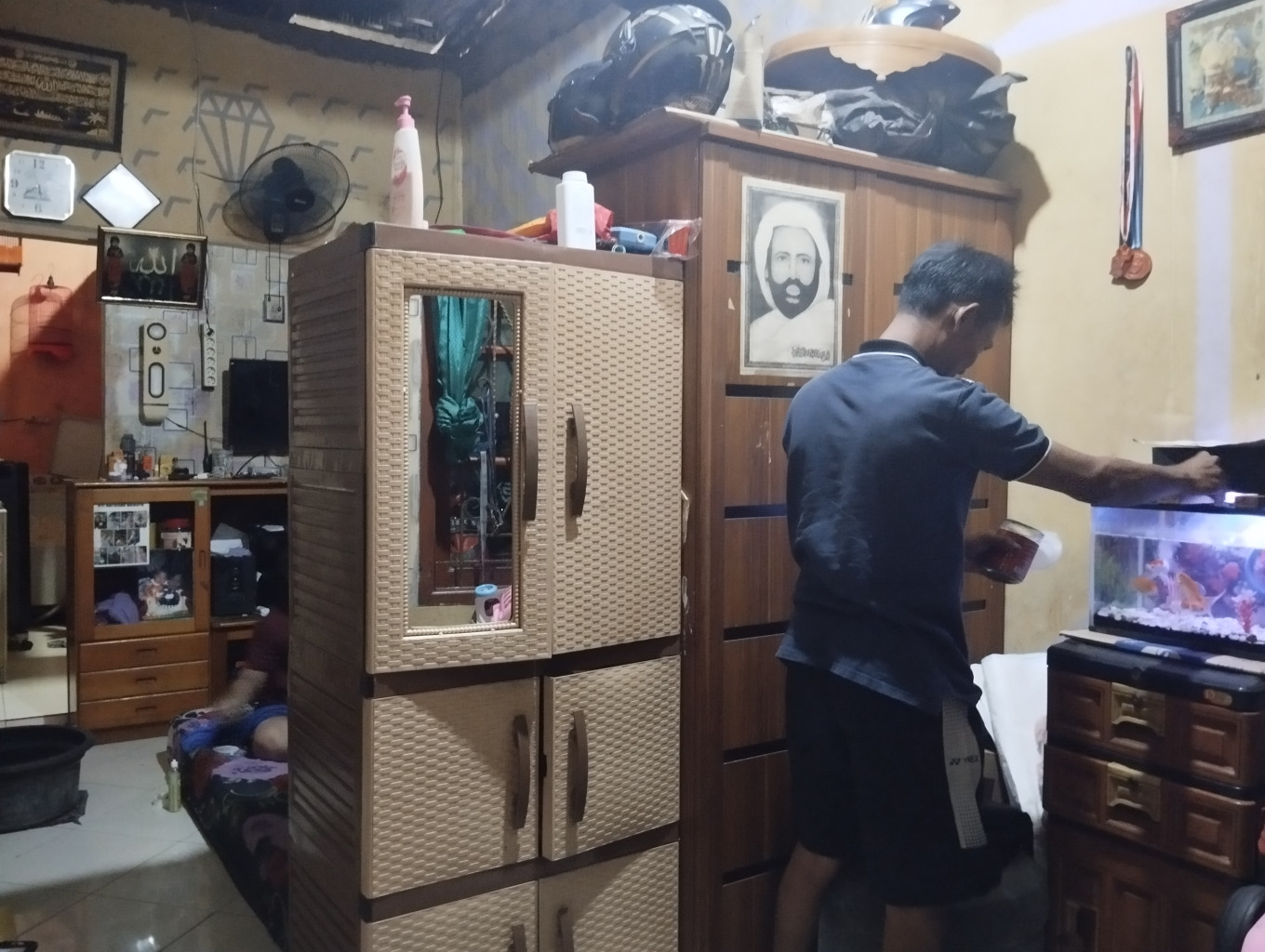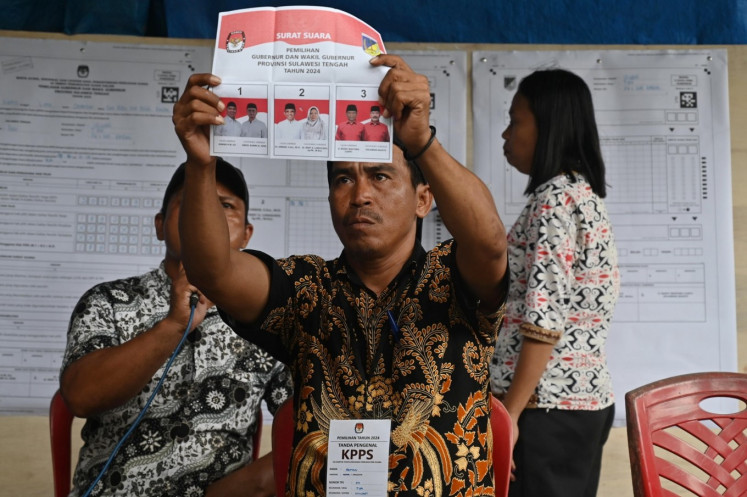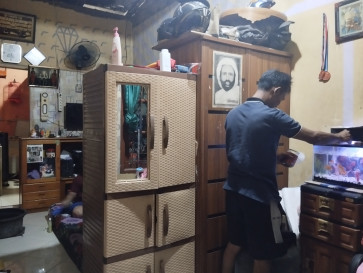Popular Reads
Top Results
Can't find what you're looking for?
View all search resultsPopular Reads
Top Results
Can't find what you're looking for?
View all search resultsHousing policy: Shrinking homes means shrinking dignity
The tiny house initiative risk repeating past mistakes: creating soulless settlements, overcrowded neighborhoods and units that exist on paper but fail to function in reality.
Change text size
Gift Premium Articles
to Anyone
I
n recent weeks, Indonesia’s social media sphere has been abuzz with the introduction of a new subsidized housing scheme, tiny, 14-square-meter homes in urban areas, marketed as affordable solutions for low- and middle-income workers.
These units are presented as compact havens for those long excluded from the formal housing market. Each unit contains a bedroom, bathroom and a multifunctional space intended to serve as a kitchen, living room and dining room all at once.
For some, this appears to be a pragmatic breakthrough: Low-cost, rapidly built housing that expands access to homeownership. But for others, it raises a more unsettling question: is the state quietly lowering its standards of what constitutes a dignified life under the banner of affordability?
Indonesia’s housing crisis is not new, but in recent years, the gap between aspiration and reality has widened dramatically, notably in urban areas.
Data from the Public Works and Housing Ministry in 2019 revealed that more than 81 million millennials did not own a home. Five years later, little has changed. According to BestBrokers.com, Indonesia ranked fourth globally in housing un-affordability in 2024. The price-to-income ratio, one of the most widely used affordability benchmarks, stood at 48.35 percent. This means that almost half of a person's average annual income would be consumed just to buy a house.
In Jakarta and its surrounding urban zones, the figures are even starker. With average prices reaching Rp 18 million (US$1,100) per sq m, and average annual incomes lingering around Rp 37.5 million, homeownership is no longer just a stretch, it is structurally out of reach for the younger working generation.
It is against this backdrop that the tiny house is being rolled out. It might provide a fast-track solution to the ownership gap: better to own something small than rent forever, the logic goes. Yet this approach risks normalizing substandard living.



















